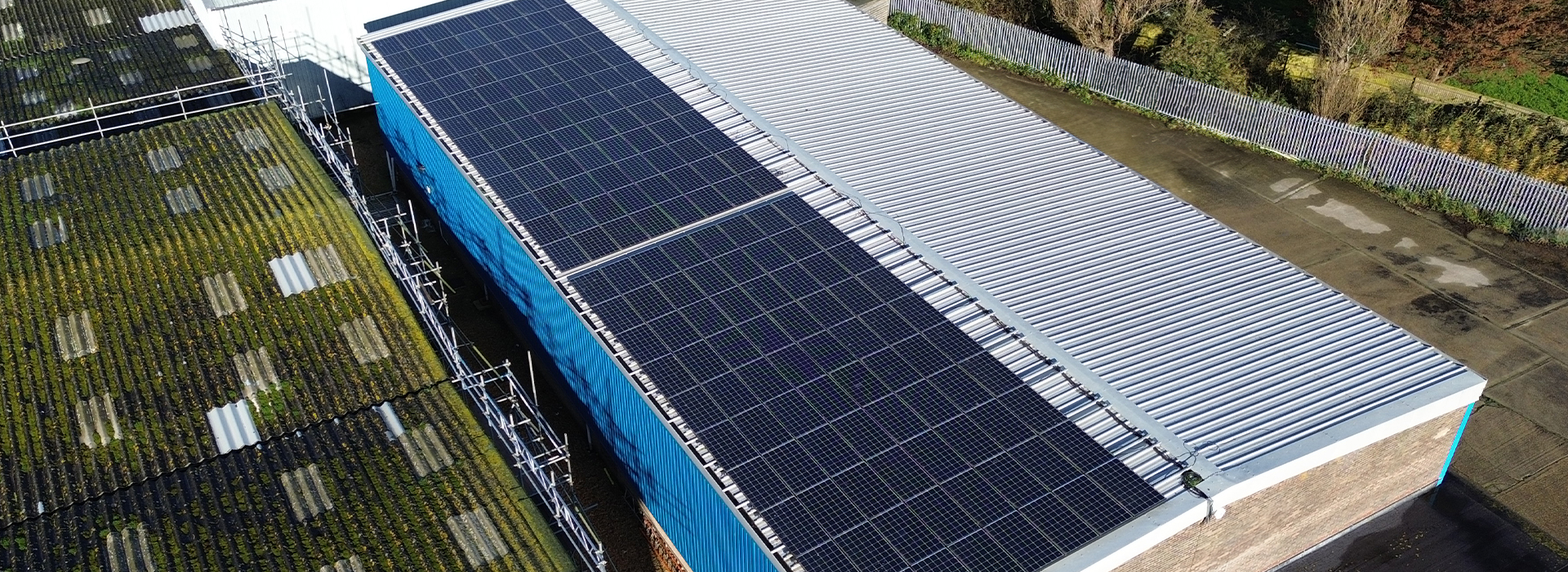In the world of industrial and commercial roof maintenance, safety is paramount. Horizontal safety line systems, also known as lifeline systems, are essential for ensuring the safety of workers who perform maintenance, inspections, and repairs on roofs. However, many building owners and facility managers may not be aware of the need for periodic reinstallation or re-certification of these systems. In the UK, strict safety regulations and environmental factors demand regular inspection and potential reinstallation of horizontal safety line systems to maintain their reliability and functionality.
In this article, we’ll explore the critical reasons why horizontal safety line systems should be reinstalled and the benefits of adhering to UK safety regulations for these systems.
Compliance with UK Health and Safety Regulations
In the UK, the Work at Height Regulations 2005 require employers and those responsible for building maintenance to ensure that fall protection systems, including horizontal safety line systems, are properly maintained. Over time, environmental exposure, regular use, and general wear can degrade these systems. To remain compliant with the law, building managers must regularly inspect, maintain, and, if necessary, reinstall safety lines to ensure they meet the latest standards.
Neglecting reinstallation or certification can expose businesses to potential legal repercussions and severe penalties. Regular checks by certified professionals ensure the horizontal safety line systems continue to perform optimally, minimising the risk of accidents and liabilities.
Impact of Environmental Conditions on System Integrity
The UK’s weather conditions can be harsh, particularly on exposed rooftops. Wind, rain, frost, and even salt in coastal areas contribute to the gradual degradation of horizontal safety line systems. Over time, materials like metal can corrode, and fixings can become loose, reducing the system’s effectiveness and potentially compromising safety.
Regular reinstallation helps account for these environmental factors by allowing professionals to replace corroded components and ensure all fittings and anchors are secure. This proactive maintenance prevents small issues from escalating into dangerous failures.
Ensuring Proper Functionality of Fall Arrest and Restraint Systems
Safety line systems are designed to prevent falls and restrain workers from accessing dangerous areas on a roof. However, due to wear, adjustments, and changes in building structure, these systems can lose their alignment, reducing their effectiveness. Reinstallation allows technicians to recalibrate the system, ensuring that it performs as intended, offering full support and reducing the risk of fall incidents.
Regular reinstallation also ensures that the system aligns with updated safety equipment standards. As safety harnesses and attachments improve, reinstalled systems can be optimised to integrate seamlessly with new technologies.
Adapting to Changes in Roof Structure or Usage
Over time, industrial and commercial roofs may undergo structural changes, including additional installations, like HVAC units, solar panels, or vents. These changes can interfere with existing safety line layouts, requiring reinstallation or adjustment of the horizontal safety lines to ensure they’re positioned appropriately for worker safety.
Additionally, increased usage or new types of maintenance tasks on the roof may demand a more robust or extensive safety line system. Reinstallation provides the opportunity to assess the current system and make upgrades or reposition lines for better coverage and worker access.
Maintaining Worker Confidence and Reducing Liability Risks
A reinstalled and certified safety line system instills confidence in workers who rely on these lifelines for their security. Knowing that the system has been professionally reinstalled and inspected to meet UK standards can enhance worker productivity and morale.
On the business side, regular reinstallation reduces liability risks by ensuring that your horizontal safety line systems are safe, certified, and compliant with regulations. In the event of an accident, having a record of reinstallation and maintenance can demonstrate diligence in prioritising worker safety.
6. Conclusion: Invest in Regular Reinstallation for Optimal Safety
For UK-based industrial and commercial facilities, regularly reinstalling horizontal safety line systems is essential for compliance, safety, and liability management. Given the UK’s environmental conditions and stringent safety regulations, a commitment to reinstallation can save businesses from potential risks and provide peace of mind for both managers and workers.
Consider partnering with certified safety system professionals to ensure your horizontal safety line systems remain secure, compliant, and fit for purpose. Investing in reinstallation is an investment in safety, protecting your workforce and safeguarding your business from unforeseen risks.



